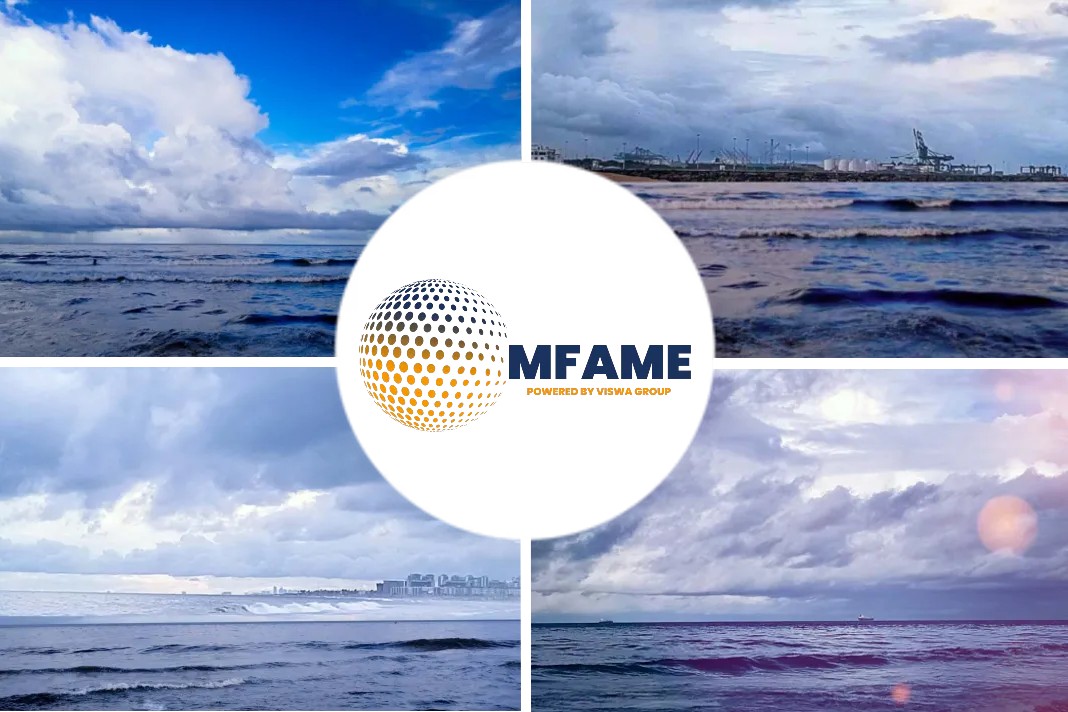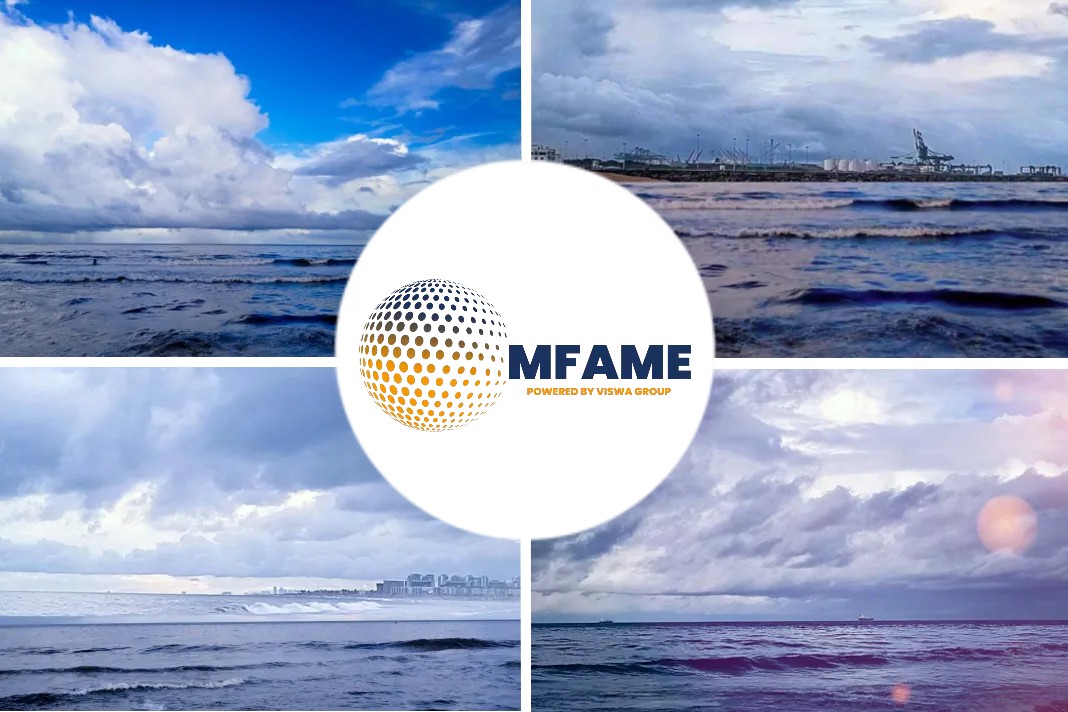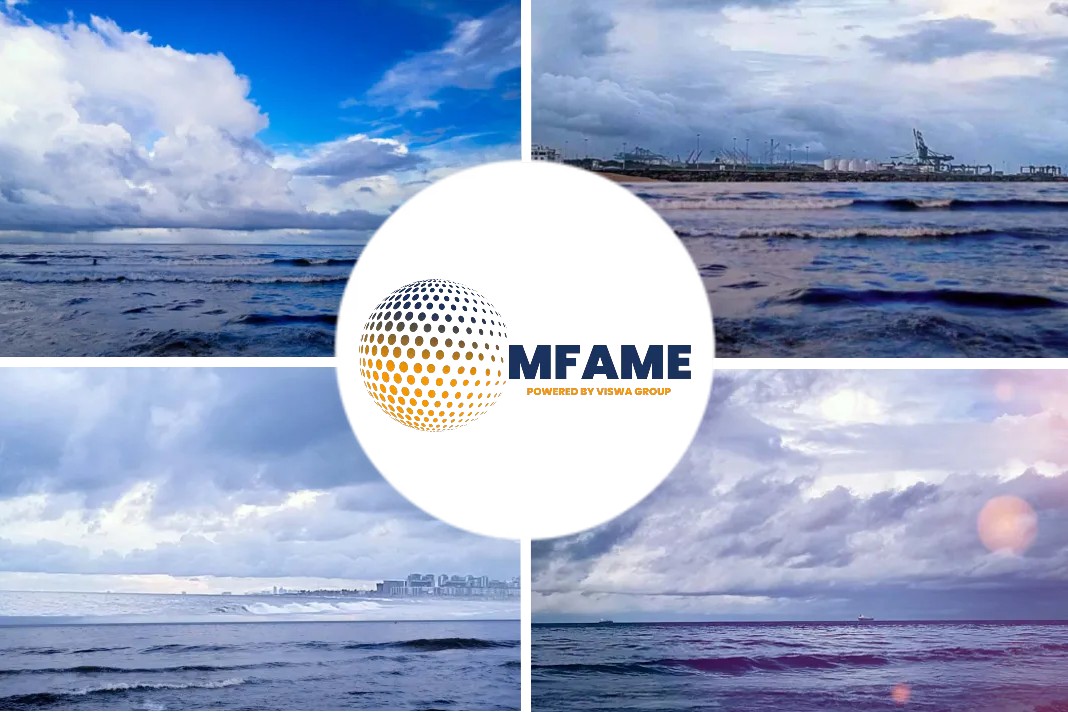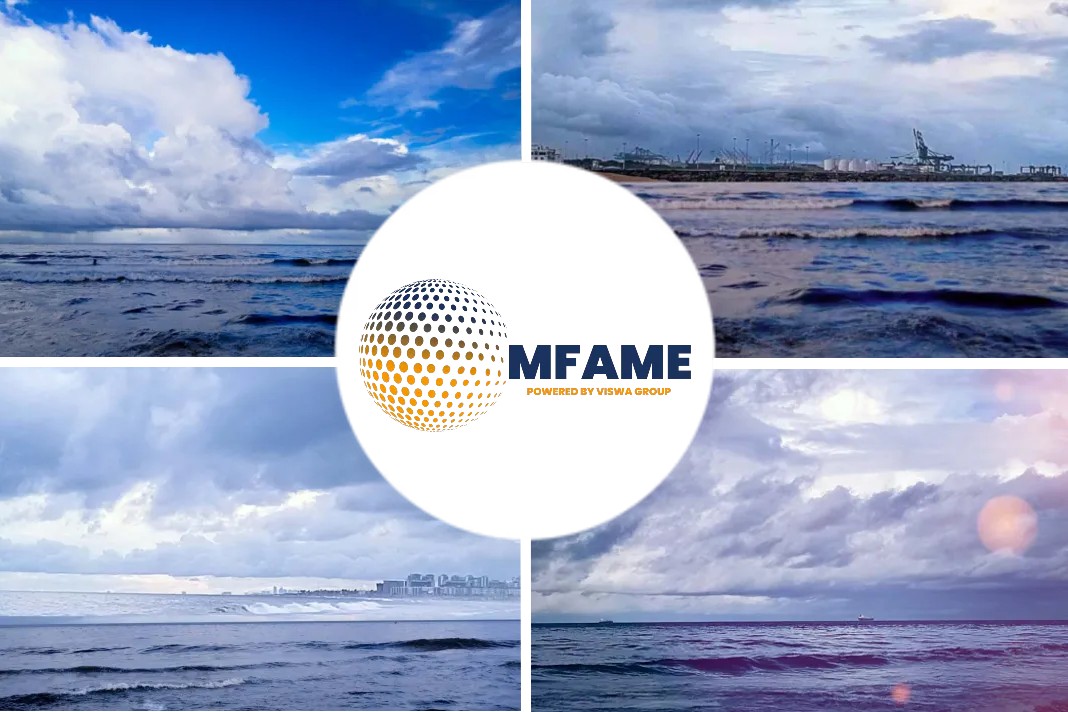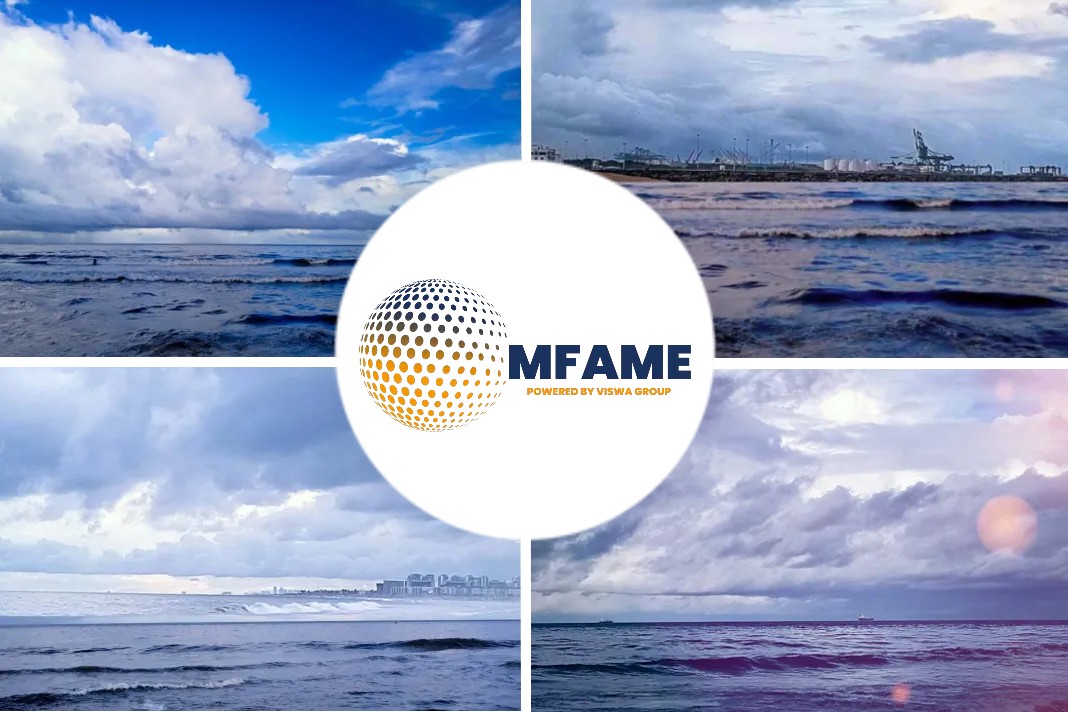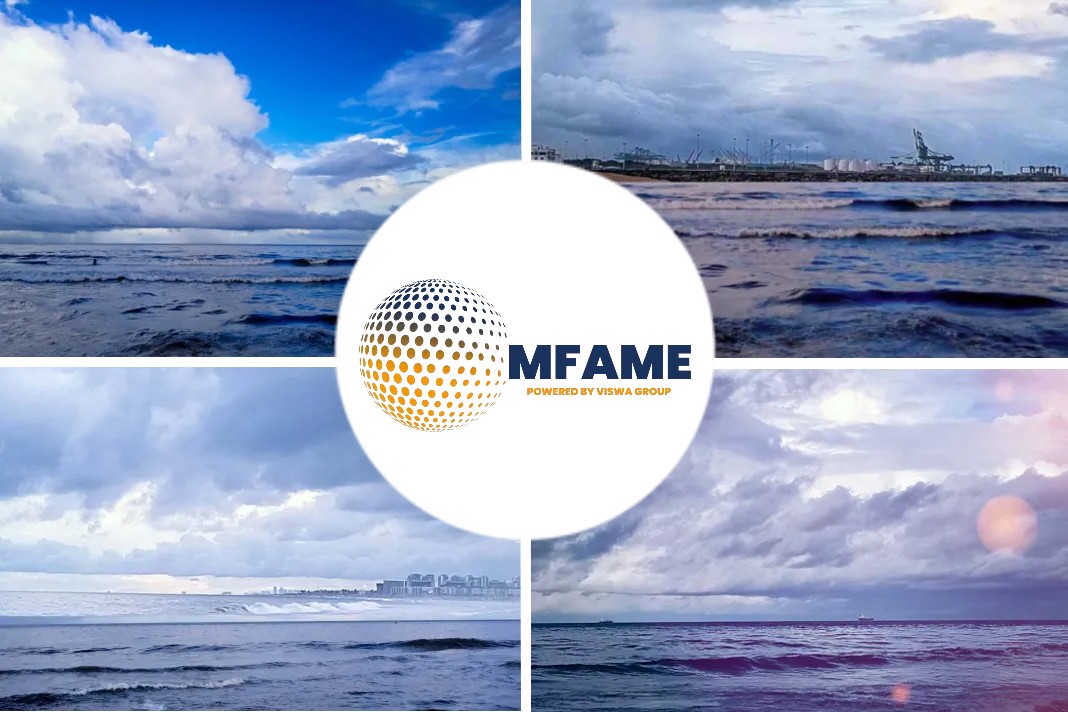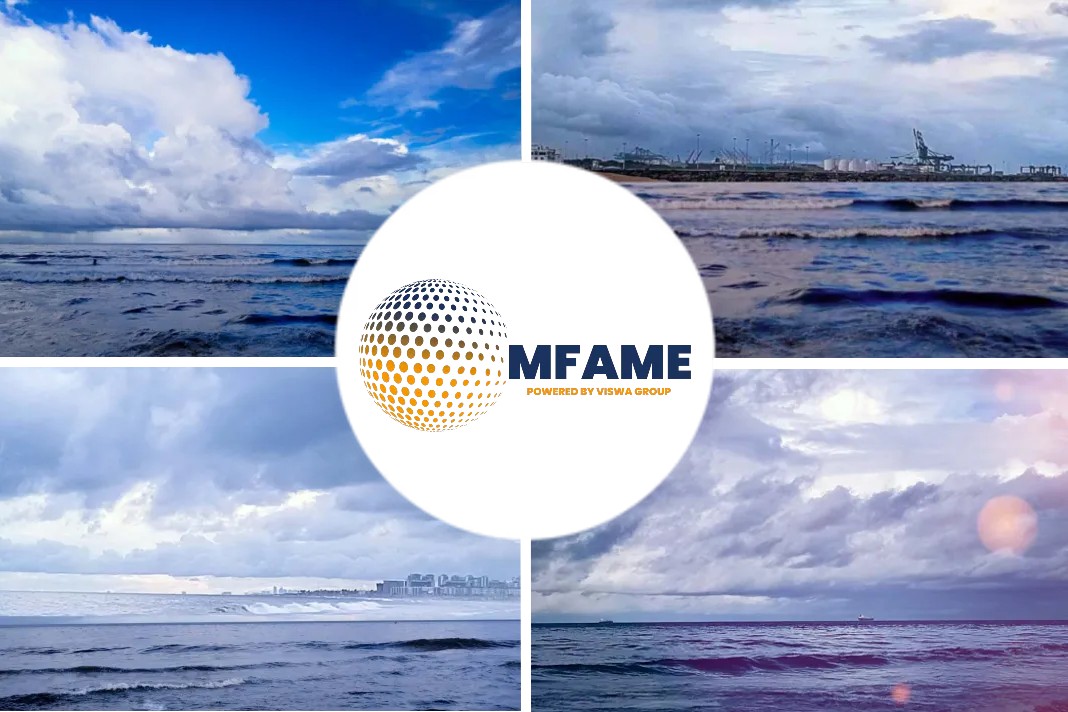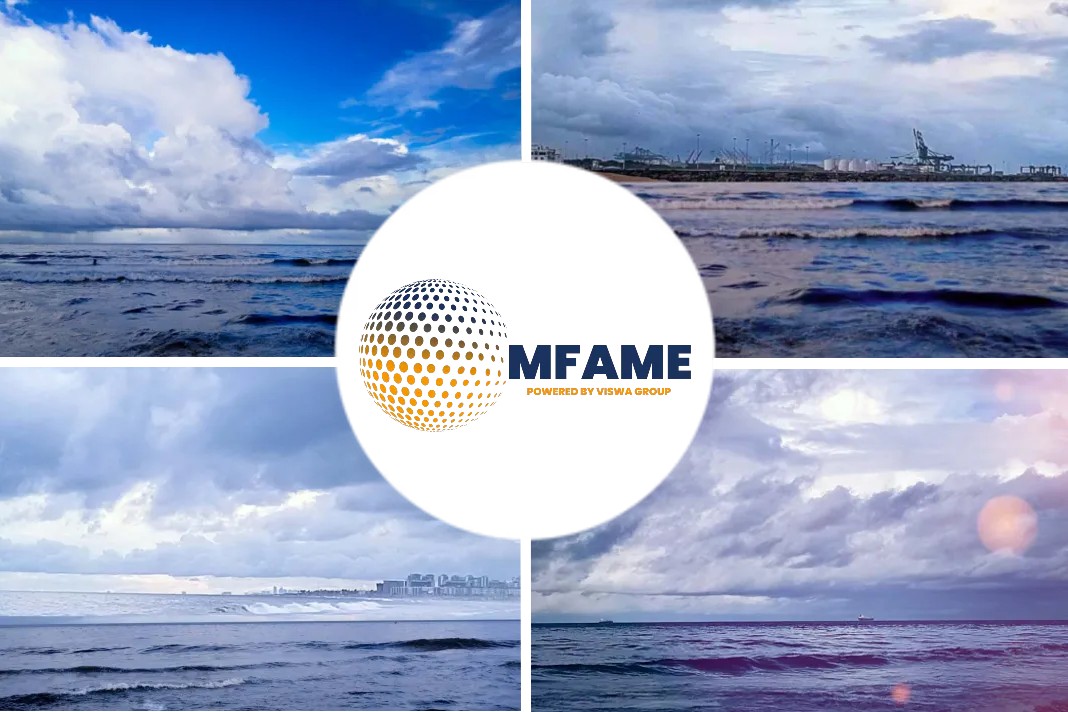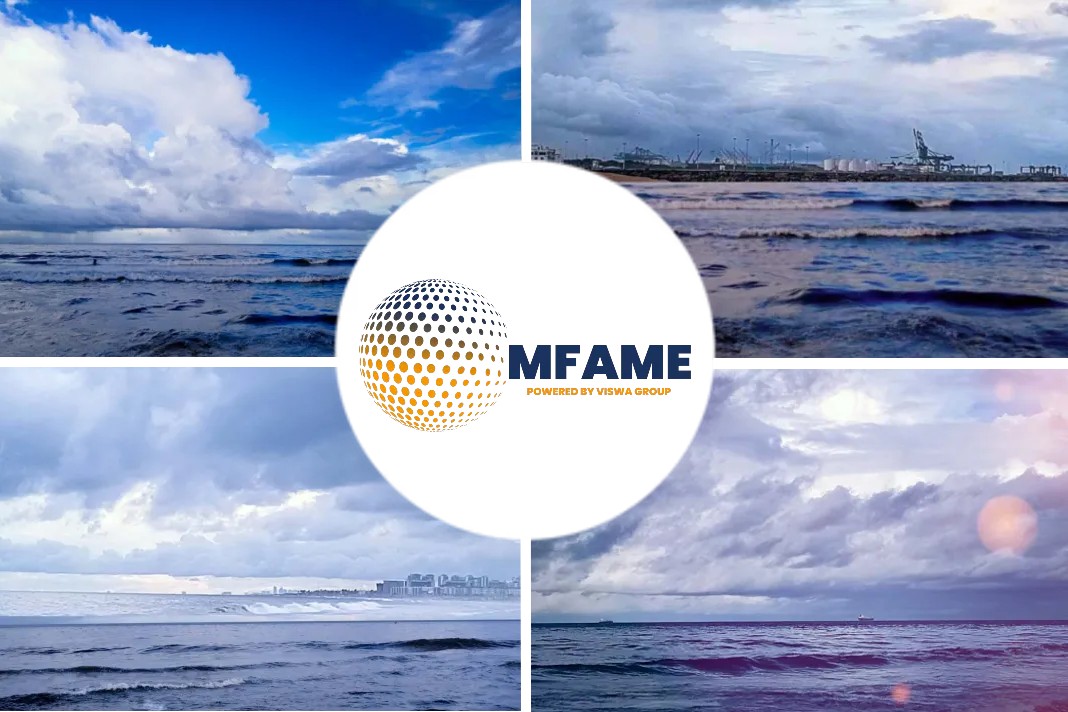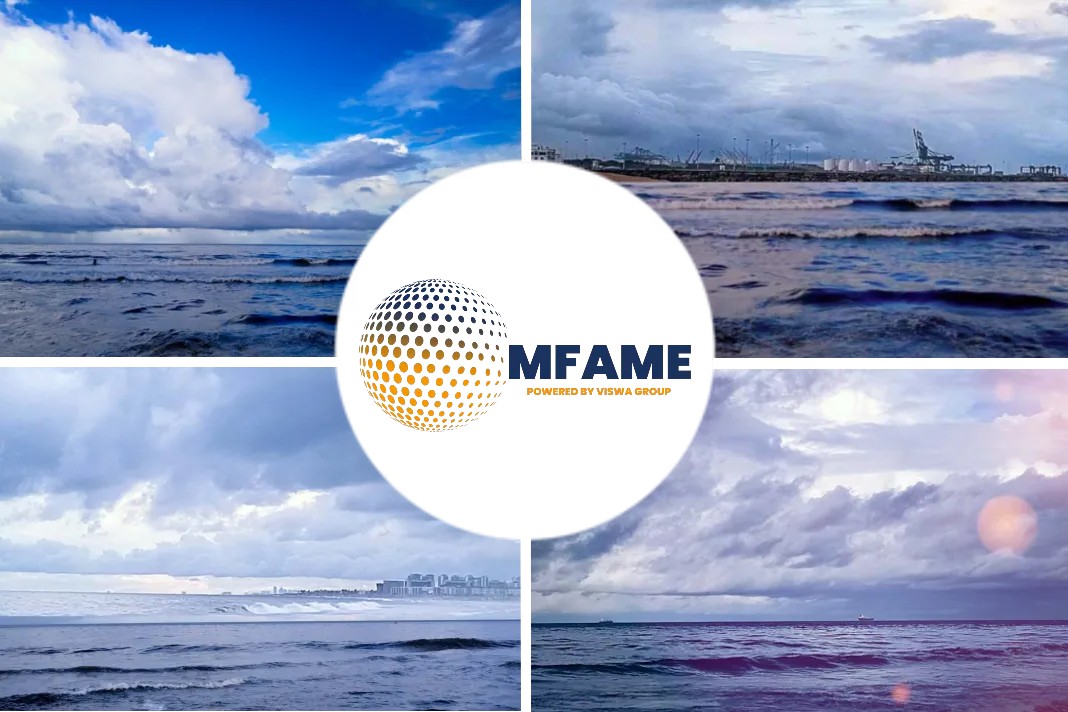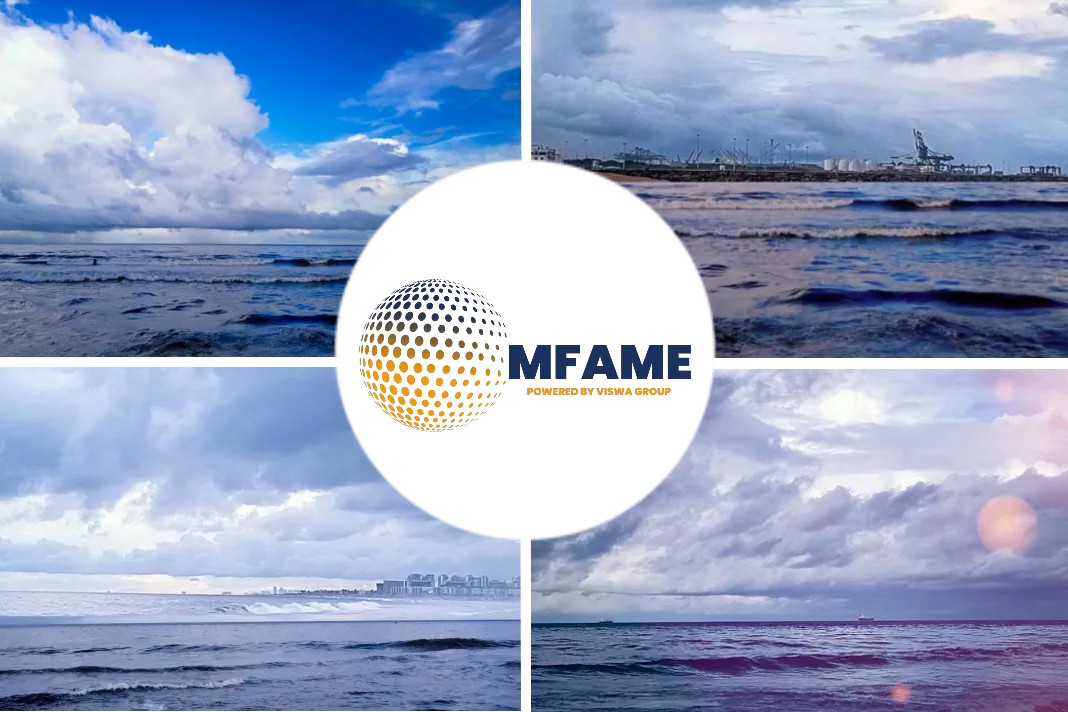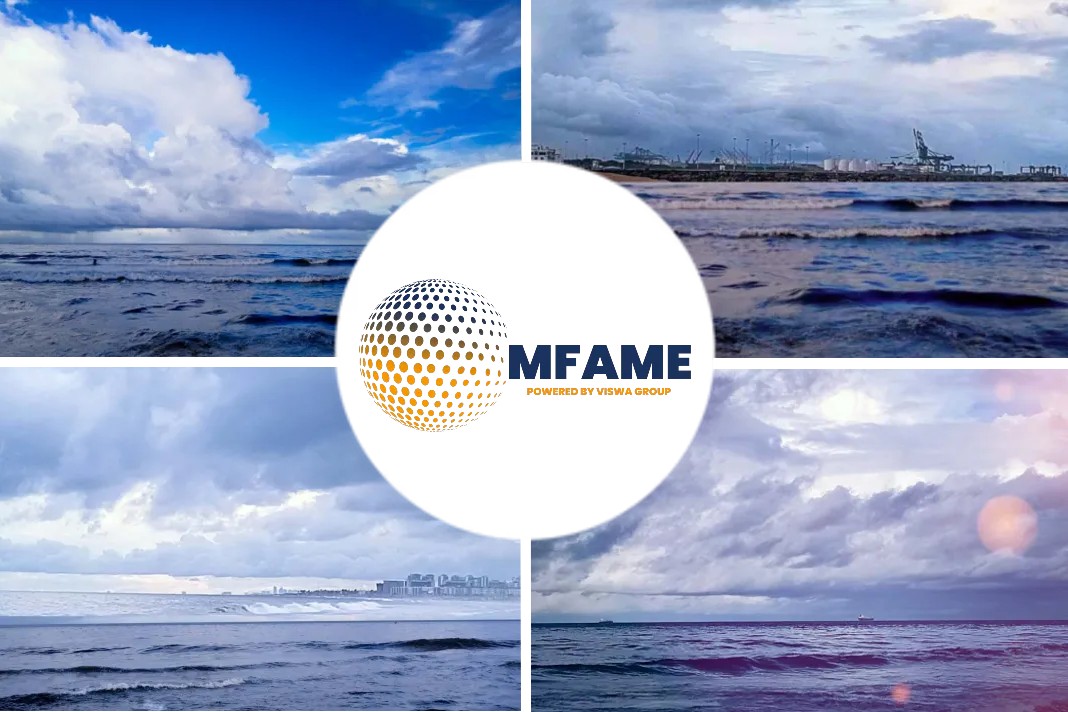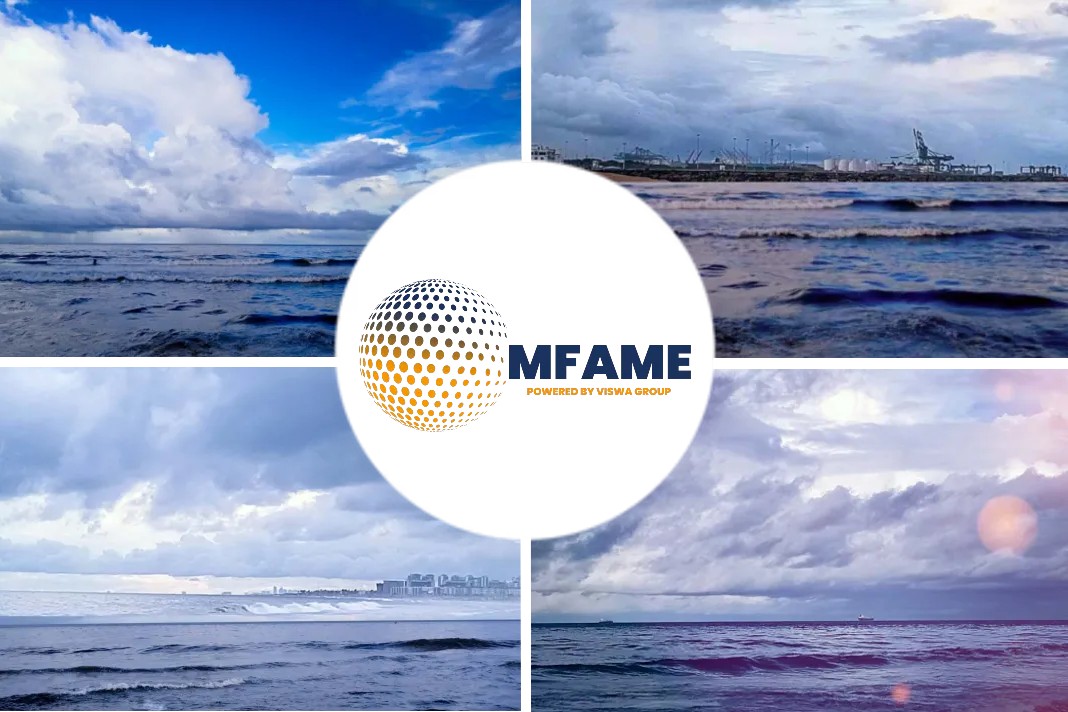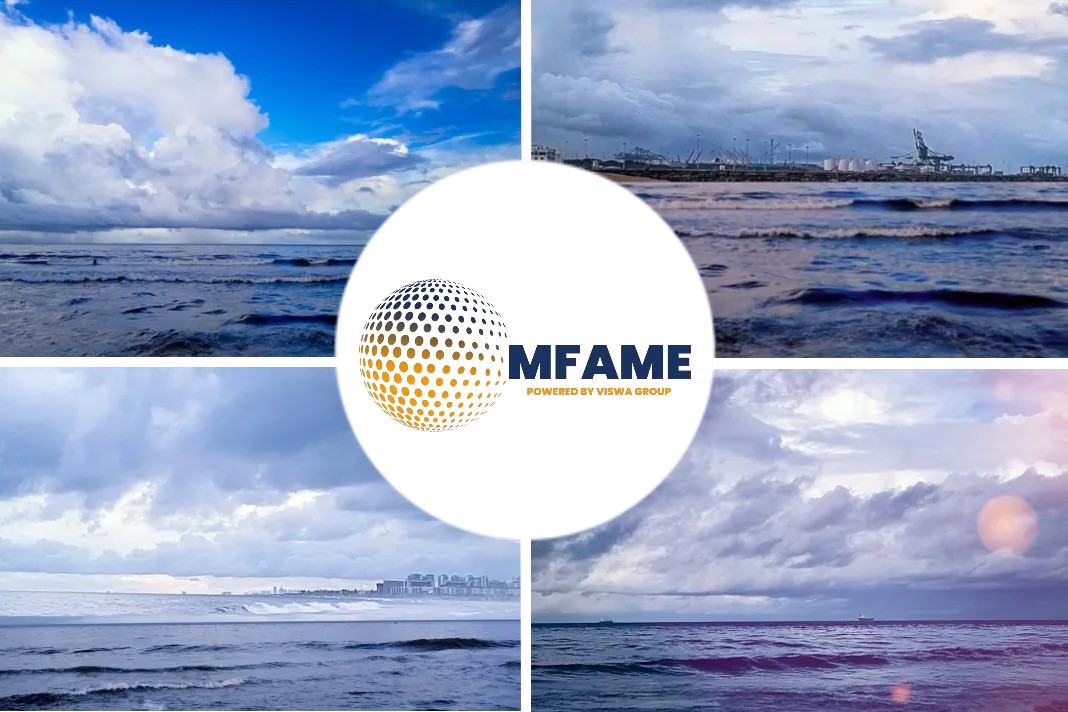- Current contango in oil markets with futures prices much greater than spot.
- Tanker time charter rates have increased to near record levels.
- Limited storage could force producers and traders to store crude oil on ships.
RockieK, for Seeking Alpha, discusses year to date tanker charter rates and determine break even requirements based on crude oil contango levels.
Data used in the analysis comes from various shipbrokers (Gibson, Charles R. Weber, and Affinity), the CME, and various free investment related websites such as Stockcharts.com.
Year to Date Charter Rates
Because of all the variables, it is difficult to get a clear understanding of the real picture of the seaborne tanker market from a single index number like the Baltic Dirty Tanker Index ($BDTI) or from an average Worldscale price from an article.
There are various vessel sizes and variations among vessels. There are a number of different standard tanker routes around the world, and multiple shipbrokers that fix charters. As a result, there can be big differences in charter rates.
To better organize these time charter rates, we will first separate reported time charter rates by vessel size. Since historically, only Very Large Crude Carriers, Suezmax, and Aframax tankers have been used for floating storage, we will eliminate any Panamax or smaller tankers.
The first chart is of Very Large Crude Carriers, or VLCCs. These vessels typically have a capacity of 2MM barrels or crude oil. Routes reported include Persian Gulf to U.S. Gulf (2 samples per week), Persian Gulf to Singapore, Persian Gulf to Japan, Persian Gulf to China (3 samples per week), West African Coast to China, and the U.S. Gulf to China via the Mediterranean.
The second chart is of Suezmax Carriers. These vessels have a capacity of around 1MM barrels of crude oil. Routes reported include Persian Gulf to U.S. Gulf, West African Coast to U.S. Gulf, the Bering Sea to Mediterranean (2 samples per week), West African Coast to United Kingdom (3 samples per week), Caribbean Sea to U.S> Gulf Coast, and U.S. Gulf to United Kingdom.
Lastly, a chart of Aframax Carriers. These vessels typically have a capacity of 750,000 barrels of crude. Routes reported include North Sea to United Kingdom (2 samples per week), Persian Gulf to Singapore, Caribbean Sea to U.S. Gulf Coast (2 samples per week), Baltic Sea to United Kingdom (2 samples per week), and U.S. Gulf to United Kingdom.
The greatest variability is in VLCC charter rates. This is because there are fewer ports that can accommodate VLCCs around the world. Those same ports are accessible to Suezmax and Aframax tankers. This, in effect, increased the demand population for the smaller tankers and helps reduce price variability.
Crude Oil Contango
Contango is defined as a condition when the commodity price of the futures contract is greater than or above the expected spot price at that time in the future. It is important to differentiate between a “normal” futures curve and one that is in contango.
Since we are talking about crude oil, we will use that as our example. Assume a perfect balanced market, where supply matches demand and equilibrium price at the moment is $50 per barrel. It cost 0.25 cents per barrel per month to store and insure the oil in a tank. This is the carry cost. Therefore, a normal futures curve would have a spot price of $50, one-month futures price of $50.25, three-month price of $50.75, six-month price of $51.50, and one-year price of $53.
Now, since we have a balanced market and equilibrium price, in reality, no one expects the spot price of crude oil to increase to $53 over the course of the next year. It should still trade at $50 because there have been no changes in the underlying economics of the market. However, let’s assume that an imbalance occurs.
Suddenly, supply of crude oil outstrips demand. Spot prices drop from $50 to $25. Normal futures prices should drop by the same amount; $25. But, let’s say you look at the futures market and see that 1-month prices are $26, three-month $27, six-month-$28, and one-year $29. The market is in contango; the futures price is greater than the expected future spot price.
Theoretically, you could buy the oil now for $25, pay 0.25 per month to store it for 12 months ($3) and contract to sell it at $29 making a guaranteed profit of $1 per barrel. Do that with a million barrels of oil and you just made a million-dollar profit!
However, that is the theoretical world. The real world is something quite different, and determining what your carry cost is going to be and what future spot rates will be is not so simple. We may talk about a crude oil contango, but that does not mean it is.
Currently, as of this writing CME futures prices are steep, with the spread between one month out and 12 months out being nearly $12.
Does that mean the oil markets are in contango?
Considering the 1 month futures price is 20.82 while spot prices closed at 20.11, perhaps it is. And that’s only the shortest contact. With a $12 spread between spot and 12 months, it is tempting and probably appropriate to call this market contango.
But, how long it will remain in contango without reverting to normal backwardation is any one’s guess. Case in point: All that needs to happen is for carry costs to increase enough and poof, there goes your contango arbitrage profit.
Storage operators know this. So do shipbrokers and ship owners. And they want their fair share of profit too and will raise rates to get it. This in turn will increase carry costs, reduce contango, and bring the market back into equilibrium.
Breakeven Time Charter Rates
What rates should owners demand, and what rates can traders and producers afford to pay while still being profitable?
That all depends on the price spread between spot prices (or production cost for producers) and the futures contract price.
One futures contract covers 1000 barrels of oil but is priced by the single barrel. Therefore, if we take the amount of contango multiplied by the storage capacity divided by the number of days stored, we can determine the break-even point where 100% of the arbitrage profit is taken up by storage cost.
The data is presented in a matrix of one-month time increments by $1 spread increments.
For VLCCs
VLCC rates have been running over $200,000 in the most recent weeks. Therefore, a minimum spread of $4 is required on the short end of one month. At four months, the price spread must be greater than $12. Currently, the price spread between the nearest month levels off after $15, making any term longer than 5 months unprofitable.
For Suezmax carriers
Suezmax rates have been running over $90,000 in the most recent weeks. Therefore, a minimum spread of $3 is required on the short end of one month. At four months, the price spread must be greater than $11. Currently, the price spread between the nearest month levels off after $15, making any term longer than 5 months unprofitable.
For Aframax carriers
Aframax rates have been running about $50,000 in the most recent weeks. Therefore, a minimum spread of $2 is required on the short end of one month. At four months, the price spread must be greater than $9. Currently, the price spread between the nearest month levels off after $15, making any term longer than 7 months unprofitable.
For Panamax tankers
Panamax rates have been running over $40,000 in the most recent weeks. Therefore, a minimum spread of $3 is required on the short end of one month. At four months, the price spread must be greater than $10. Currently, the price spread between the nearest month levels off after $15, making any term longer than 6 months unprofitable.
Any owner/operator is going to demand rates consistent with current market conditions to eliminate any arbitrage profits presented by market contango. Therefore, as long as these pricing conditions exist in the crude oil futures markets, tanker companies should be able to demand high rates.
Seaborne Tanker Shipping Companies
In order to be included in this list, the company must operate in the dirty tanker trade (crude oil) and have a majority of ships in the VLCC, Suezmax, Aframax, and/or Panamax sized. Companies with only Smaller vessels or clean product tankers are excluded.
DHT Holdings (DHT) operates a fleet of VLCCs. Most of these ships are employed in the spot market.
Euronav (EURN) operates a fleet of both VLCCs and Suezmax tankers in addition to former ULCCs now used as floating storage. Many of their vessels are operated in the spot market.
Frontline (FRO) operates a fleet of VLCCs, Suezmax, and Aframax tankers. Many of their ships operate in the spot market.
Nordic American Tankers (NAT) operates a fleet of Suezmax tankers.
Navios Maritime Acquisition (NNA) operates a fleet of 10 VLCCs as well as clean product tankers. Some of their VLCCs operate in the spot market, but the rest operate under a fixed arrangement with profit sharing.
Teekay Tankers (TNK) operates a mixed fleet that includes Suezmax and Aframax tankers, clean product tankers, and LPG and LNG carriers.
That is not to say that each of these companies will benefit from current market conditions or that stock prices will rise from here. Realistically, there are a lot of uncertainties and risks to consider.
Uncertainties and Risks
Probably the biggest uncertainty is the current global economic condition from a demand side. In the first quarter, many people were expecting a short economic turndown and quick recovery.
However, given measures that demand is down more than 19MM barrels per day, there is little evidence to suggest a quick rebound in crude oil prices. A more optimistic projection by the U.S. EIA has demand down by 5.2 barrels per day on an annualized rate. Lower demand for crude means lower demand for crude carriers.
Additionally, we have supply side uncertainty. Members of OPEC in collusion with non-OPEC members have been duking it out over supply cuts. How much and how long suppliers are going to cut is still unknown. But, those cuts haven’t come yet. As a result, existing storage capacity is filling up.
The only known with the supply side is that everyone knows everyone else is going to cheat. However much the headline number announced finally is, rest assured the real supply cut will be much less. And, unless supply is cut much more than demand has dropped, demand for tankers as floating storage will increase.
Conclusion
Probably the biggest decision that needs to be made with these companies, if one decided to make the trade, is what is the investment timeframe?
Obviously, time charter rates (as seen above) are volatile in normal times. These are not normal times. True, supply is going to fill up fast, and producers and traders are going to seek to secure temporary storage on tankers, but, the entire trade could unwind quick.
Along the same lines, increased volatility in the stock market can quickly overwhelm any of these stocks. Most only trade a few million shares a day on average. So, institutions or large orders can burn through the book quickly and drastically move prices. That said, traders going long any of these stocks should consider keeping tight stops.
Finally, given the longer-term outlook on the global economy, dividend yields and pay rates should not be a primary consideration. At this time, none of these companies should be considered a long-term buy and forget.
Did you subscribe to our daily newsletter?
It’s Free! Click here to Subscribe!
Source: Seeking Alpha






